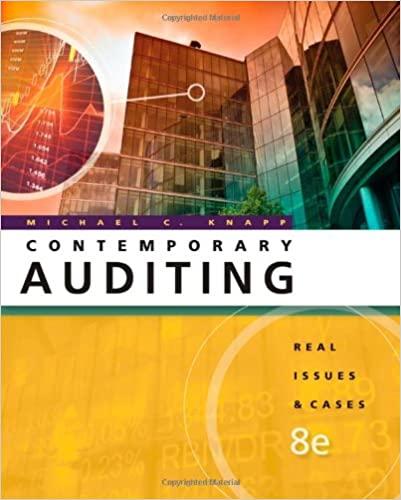Question
Trans-Pacific Lumber runs a mill in the Northwest that produces two grades of lumber, A and B, and a by-product, sawdust. The company chooses to
Trans-Pacific Lumber runs a mill in the Northwest that produces two grades of lumber, A and B, and a by-product, sawdust. The company chooses to allocate the costs on the basis of the physical quantities method.
Last month, it processed 128,000 logs at a total cost of $353,000. The output of the process consisted of 34,300 units of grade A, 51,300 units of grade B, and 15,300 units of sawdust. The sawdust can be sold for $36,280. This is considered to be its net realizable value, which is deducted from the processing costs of the main products.
Required:
What share of the joint costs should be assigned to grade A and grade B? (Do not round intermediate calculations.)
|
Step by Step Solution
There are 3 Steps involved in it
Step: 1

Get Instant Access to Expert-Tailored Solutions
See step-by-step solutions with expert insights and AI powered tools for academic success
Step: 2

Step: 3

Ace Your Homework with AI
Get the answers you need in no time with our AI-driven, step-by-step assistance
Get Started


